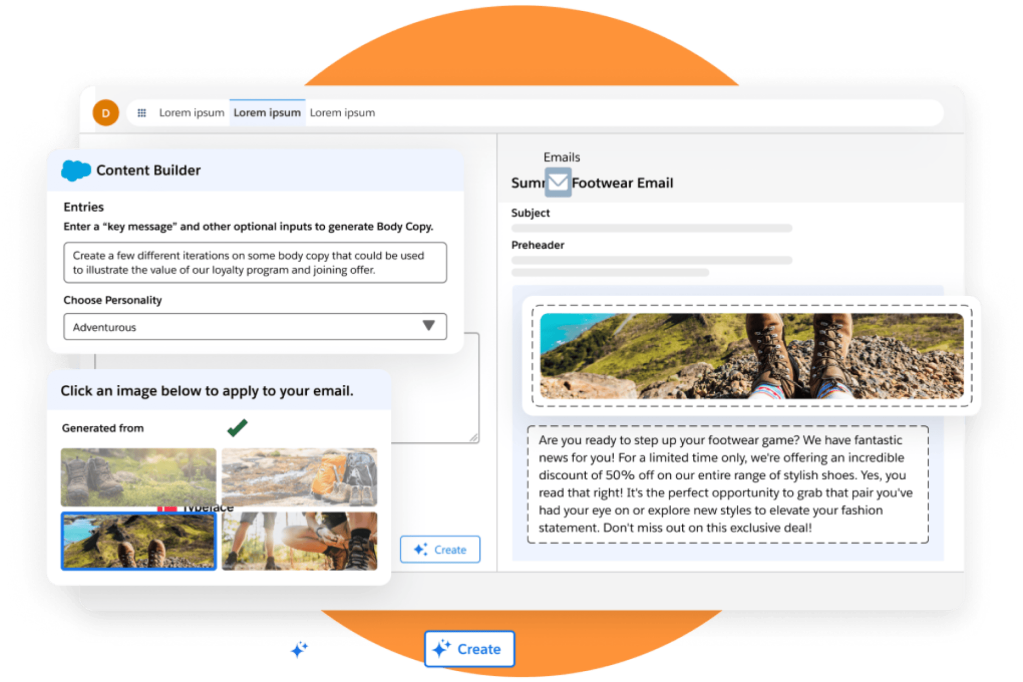
Customer journey mapping
Learn how to tell the story of your customers’ experiences with your brand across all touchpoints.

Learn how to tell the story of your customers’ experiences with your brand across all touchpoints.


On the surface, customer journeys may seem simple - your business offers a product and the consumer buys it. But look more closely and it’s easy to see that the customer journey is becoming increasingly complex. New technology innovations and economic fluctuations are redefining customer expectations every day, with the average consumer now using more than three channels to communicate with businesses. All these touchpoints create increasingly complex customer journeys, making it more difficult to always ensure a great customer experience. But customer experience is more important than ever and according to recent research from Salesforce
:
So, customer expectations have undergone a major transformation. The question is then: how can brands meet these expectations and ensure every customer journey is smooth? One excellent way to understand and optimise the customer experience is a process called customer journey mapping and with journey orchestration tools, it can be simple.

A customer journey map is a visual representation of the customer journey (also called the buyer journey or user journey). It helps you to tell the story of your customers’ experiences with your brand across all touchpoints. Whether your customers interact with you via social media, email, livechat or other channels, mapping the customer journey out visually helps ensure no customer slips through cracks.
This process also helps B2B business leaders gain insights into common customer pain points which in turn will allow them to better optimise and personalise the customer experience.
Customer journey mapping (also called user journey mapping) is the process of creating a customer journey map, a visual story of your customers’ interactions with your brand. This exercise helps businesses step into their customer’s shoes and see their business from the customer’s perspective. It allows you to gain insights into common customer pain points and how to improve those.
Firstly, all the possible customer touchpoints are mapped out, for instance, a website, social channels, interactions with marketing and sales teams.
User journeys are then created across these various touchpoints for each buyer persona. For example, a millennial buyer persona may typically become aware of a product on social media, research it on the mobile version of your site and finally make a purchase on a laptop computer.
The customer experience at each touchpoint should be included in a customer journey map. This can include what action the customer needs to take and how your brand responds.
Customer journey mapping is important because it is a strategic approach to better understanding customer expectations and for optimising the customer experience.
Customer journey mapping is just as important for small and medium-sized enterprises as it is for larger companies. Customer expectations are changing for all businesses, regardless of size - customers demand an omnichannel approach to customer service, marketing and sales.
One of the most important aspects of the customer experience is personalisation. Customer journey mapping allows SMEs to create personalised experiences across all touchpoints - for every individual, across all channels.
Mapping the customer journey has a host of benefits such as:
However, the biggest benefit is simply understanding your customers more. The better you understand their expectations, the more you can tailor the customer experience to their needs.
Today’s consumers want a highly personalised experience and this includes your marketing and customer service efforts. This interconnected approach is called omnichannel marketing and omnichannel customer service.
In terms of marketing, customer journey mapping plays a vital role in this process, as marketers can target one prospect across multiple touchpoints. For example, a customer who browses a product on a website can be retargeted with a social media ad later on.
To offer the best possible customer experience, omnichannel marketing is often backed up by omnichannel customer service. This is where the customer can receive customer support across any channel, such as on social media, messenger apps or live chat. Again, customer journey mapping can allow your Customer Service team to better understand the customer experience
and improve their ability to resolve issues.
Mapping out many different customer journeys across many different buyer personas can be quite time-consuming. And once you have mapped them out, you still need a way to offer a personalised omnichannel customer experience based on your map.
So if you’re serious about customer journey mapping then you need to invest in software that can take the hassle out of doing this. Customer journey mapping tools are typically part of marketing automation software like Marketing Cloud Account Engagement. They allow you to easily create customised customer journeys and automate marketing actions. This takes your marketing automation efforts to the next level - which in turn helps build long-lasting customer relationships.